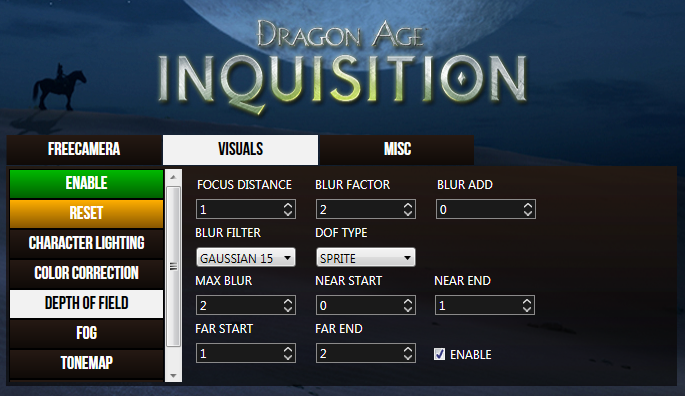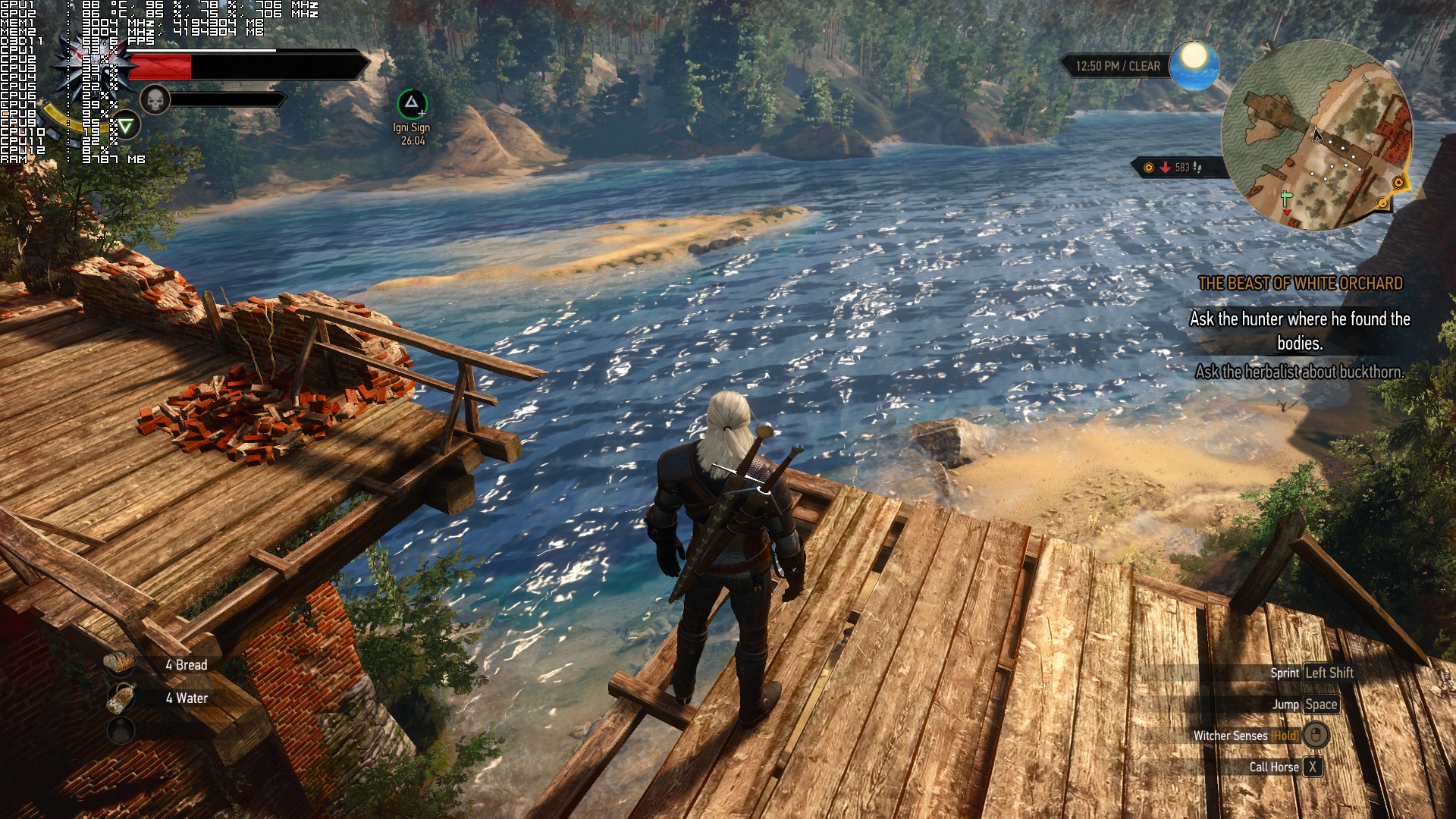

This is the principle behind downsampling, supersampling’s infant brother simulate a larger resolution by rendering the image at a larger resolution and then scaling it back down with a rescaling filter (Lanczos being the best I know of, used by GeDoSaTo).īut supersampling doesn’t just use a simple rescaling filters. You see, if we could play games at a large enough resolution (5k or higher from my experience) then aliasing wouldn’t be an issue. Supersampling is the ultimate anti-aliasing method, and also the most demanding. Unfortunately, nothing in this article can help those games. Some of the biggest offenders include The Witcher 3, Assassin’s Creed: Unity, all the modern Tomb Raider games, and numerous others.

These games, even at 2560 x 1440 and sometimes even at 4k, are so aliased that all objects will appear like distorted raw polygons with moving, white jaggy edges. Many games today are heavily aliased even with their anti-aliasing setting maxed out, because they only have highly ineffective, overly simple AA such as MLAA, FXAA, or SMAA. And aliasing? It can make an otherwise great looking game look horrible. Without ambient occlusion (or full global illumination which is even better), games look so much less realistic as light no longer seems to have much of an effect on the environment. Only use this if ReShade somehow doesn’t work in said game. However, forcing ambient occlusion through drivers/NVIDIA Inspector is inferior to ReShade MXAO. The downsampling used by NVIDIA DSR, AMD VSR, and GeDoSaTo is less effective than these supersampling methods, as those use much less effective rescaling filters even when set to the best ones. This is at the driver level it is much more precise, and supersampling is technically by far and large the most effective anti-aliasing method and it just cannot be beaten as it gets right to the root cause of aliasing and eliminates it with absolutely no performance-saving metrics. This methods of forcing anti-aliasing are infinitely more effective than ReShade, GeDoSaTo, SweetFX, and whatever other shader injectors exist. The tweaks I’m going over in this thread are forcing ambient occlusion and supersampling into games. Many people aren’t aware that Inspector has a plethora of options for tweaking image quality. Like an expanded version of that section of NVIDIA Control Panel.

NVIDIA Profile Inspector is a tool for editing driver settings on NVIDIA GPUs (as well as monitoring and overclocking, like RivaTuner and its derivatives).


 0 kommentar(er)
0 kommentar(er)
